Soil acidity: what it is and how to check it
The growth and development of plants depends on the composition of the soil, because it is he who gives them nutrition. The best are those soils where the amount of air, water, organic and minerals. Thanks to water, the plant receives the necessary elements, and the gases in the soil supply oxygen and carbon dioxide. Wanting to get rich harvests, it is necessary to take into account not only climatic conditions, but also the acidity of the soil.
When planting plants, gardeners are usually guided only by the fertility of the soil, not paying attention to the level of acidity. Such soil can have a lot of nutrients due to humic compounds, which decompose slowly. In doing so, they create food reserves. But with low acidity, such soil will not give good yields. It is important to be able to determine the level of acidity in order to bring it back to normal.
Content:
- The concept of soil acidity, its types, rate
- Best Methods for Testing Soil Acidity
- Low soil acidity: how to increase it
- High soil acidity: how to lower it
The concept of soil acidity, its types, rate
The index of soil analysis is the pH value, which is determined by the amount of hydrogen ions in the earth. For each plant species, a certain indicator of the weight of hydrogen is required. Some types of crops grow well on soils with low acidity, others need neutral types of soil, and others do well on acidic soils. And this is due to the fact that acidity affects the absorption of micro- and macroelements by plants from the soil.
Knowing the level of acidity of the soil on the site, the summer resident can successfully plant vegetables, fruits, flowers:
- Neutral soil has a pH7. He is chosen for planting beets, garlic, Luke, cabbage... Clover, coltsfoot, bindweed grow well on such soil.
- In slightly acidic soils, the pH can be higher than 8. They are preferred cucumbers, eggplant, peas, zucchini, potato... Blossom beautifully on alkaline soil roses, chrysanthemums, chamomile.
- On acidic soils, the pH reaches 4 and 5, which is beneficial for a tomato, carrots, pumpkin, parsley, sorrel.
For most vegetable, garden plants, a soil with an acidity in the range of 4.1 to 7.9 pH is comfortable. Suitable for setting up a garden and a vegetable garden is considered a soil from 5.5 to 7.5 pH. It is necessary to select acidity for each type of garden and vegetable crops so that they do not wither, but develop normally.
Best Methods for Testing Soil Acidity
You can determine the acidity of the soil yourself without expensive instruments and laboratory tests. The texture of the soil shows what it is in terms of pH. Loamy dry soil, peat areas - acidic, dense, with poor gas exchange. Water has to pass with difficulty through the layers of the earth, stagnating in them.
Sod land, chernozem, loam belong to neutral types. Such soils are fertile and retain moisture well.
Alkaline, or slightly acidic soil composition is found in light loam, sandy soils. These are light, warm soils that are easy to cultivate and quickly decompose organic matter.
You can determine the pH value for those plants that grow freely on the site:
- Moderately acidic soil is preferred rhubarb, plantain, irga.
- For lily, mint, potatoes, medium acid soil is comfortable with an indicator of 4.5 - 5.
- Tomatoes, garlic, parsley, radish, peas are good on neutral soils.
- If at ease on the site maple, hawthorn, chrysanthemums, wormwood, then the soil in the garden is alkaline or slightly alkaline.
Checking the acidity of the soil by folk methods:
- You can determine the acidity of the soil by throwing a piece of it into a glass with three leaves steamed in boiling water black currant... If the solution turns red, then the soil is acidic, green - neutral, blue - alkaline, slightly acidic.
- Acetic acid is checked by dropping it on the ground on a saucer. The soil foams abundantly with an alkaline type, the appearance of several bubbles happens with a neutral type. The acidic earth will not give any reaction.
Different methods of checking will reliably tell you about the composition of the soil of a vegetable garden or garden.
Low soil acidity: how to increase it
Alkaline earths are dangerous by the absence of iron, manganese, zinc, phosphorus, copper. The soil is especially harmful to seedlings - it develops poorly, takes root. On the sprouts, the leaves turn yellow, fall off.
Ways to increase soil acidity:
- The acidity of the soil is increased by introducing peat, which softens the alkaline environment of the soil, bringing it closer to neutral. Thanks to peat, the earth begins to breathe better and absorbs moisture well.
- It acts as an oxidizing agent compost and manure. It is better to introduce them in the fall, having carefully dug the area to a depth of twenty centimeters.
- Using pine needles instead of mulch will help acidify the soil and fertilize it.
- It is not for nothing that urea is included in complexes mineral fertilizers, as it gradually reduces the level of alkali in the soil.
The increase in acidity must be carried out within reasonable limits, carefully.
High soil acidity: how to lower it
Acidic soils prevail over alkaline soils, although the balance of carbon, nitrogen, protein, and water is disturbed in them. Plants die as a result of the fact that air and water poorly penetrate into the layers of the earth. The increased amount of iron, copper, zinc in them leads to inhibition of plant growth. Acidic soils are especially susceptible to diseases, toxins accumulate in them, they are not washed out, oppressing root system plants.
Lowering the acidity level is possible by liming.
To do this, use powdered lime, dolomite flour or marl, fluff - slaked lime. The procedure is carried out once every four or seven years, evenly mixing in lime additives. The soil is deoxidized three to four months after liming.
Wood ash in addition to reducing acidity, it fertilizes the soil, improves the quality of the soil. Complex fertilizerspurchased from specialized stores must contain zinc or cobalt. Deoxidation methods are varied and available for use by gardeners.
More information can be found in the video:



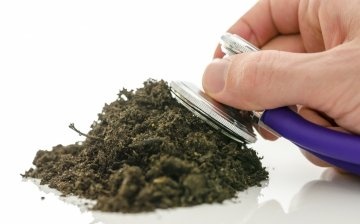
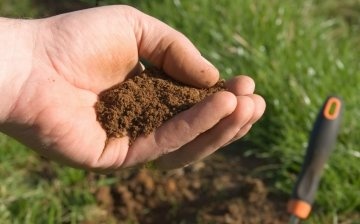
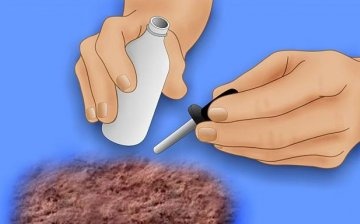
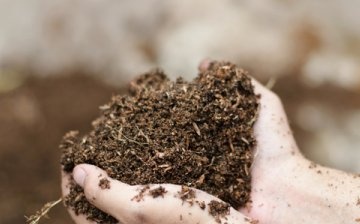






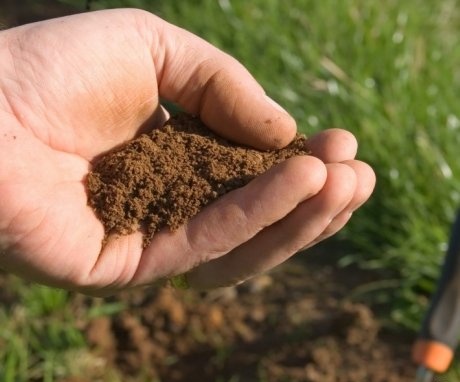

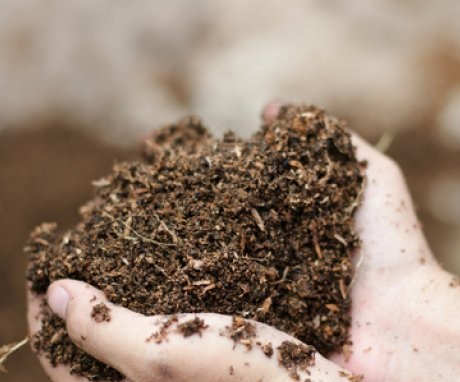
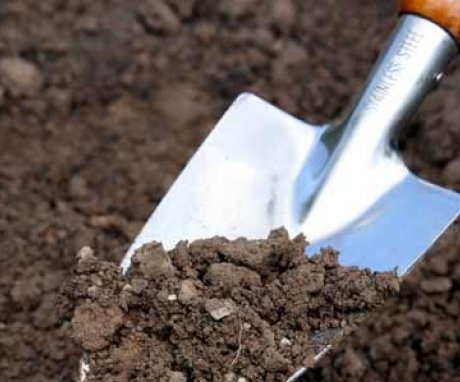
Soil acidification can be determined by eye. If plantain and field horsetail appear en masse on our site, then this is a sign of acidification, in the fall we add slaked lime to these areas.